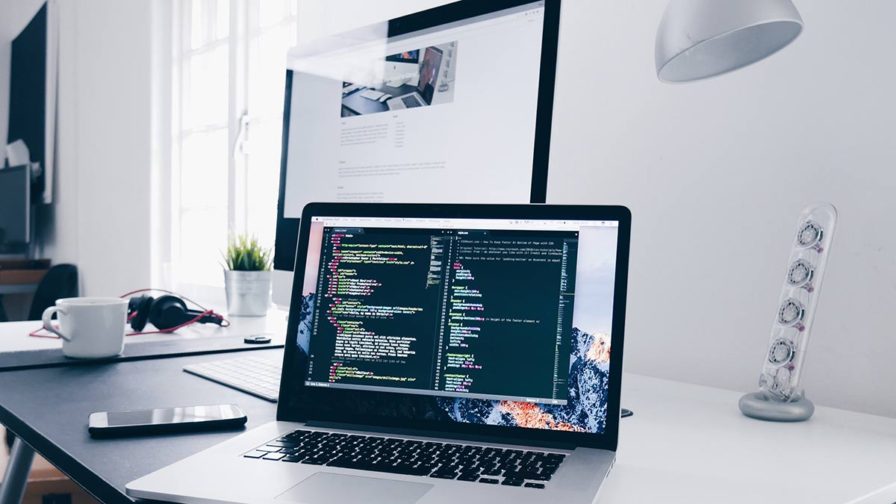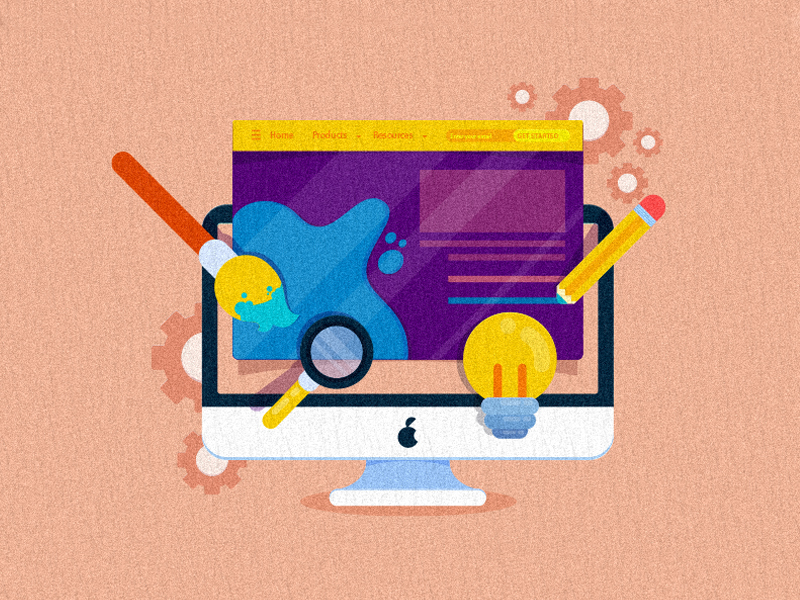The Most Effective Kinds Of Web Design to Improve Customer Experience and Involvement
In the ever-evolving landscape of electronic communication, the performance of website design considerably affects customer experience and engagement. Various design approaches, such as minimalist, receptive, and interactive designs, each deal unique benefits that can cater to diverse individual needs. Understanding which types of website design best serve these goals can be essential for services aiming to boost customer contentment and retention. The inquiry stays: which design aspects truly resonate with individuals and foster significant engagement? The expedition of these principles reveals vital understandings that might redefine your approach to Web layout.
Minimalist Website Design
As digital landscapes come to be increasingly cluttered, minimalist website design has actually become a powerful approach to improving customer experience. This layout philosophy prioritizes simpleness, concentrating on vital components while removing unnecessary interruptions. By making use of adequate white area, uncomplicated navigation, and a minimal color scheme, minimal layout fosters quality and directs user focus to vital content.
The core concept of minimal website design is to create a seamless communication for individuals. By minimizing cognitive tons, users can quickly grasp details without feeling overwhelmed. This direct strategy not just improves use yet likewise urges engagement, as visitors are more probable to check out a website that is easy and aesthetically appealing to navigate.
In addition, minimalist style typically highlights typography and images, using these elements strategically to communicate messages effectively. In essence, minimalist Web style is not simply a fad; it is a thoughtful approach that identifies the significance of user-centered layout.
Receptive Website Design
In today's varied electronic atmosphere, responsive Web style has actually ended up being essential for producing a smooth user experience throughout a wide range of tools. As users access sites on smartphones, desktop computers, tablet computers, and laptop computers, the capability of an internet site to adjust its layout and web content to different screen dimensions and resolutions is critical.
Responsive Web layout utilizes versatile grids, photos, and CSS media queries to ensure that Web content exists optimally, regardless of the tool utilized. This strategy not only boosts the visual charm of a site yet additionally considerably improves functionality. Individuals are most likely to engage with a site that supplies a constant experience, as it gets rid of the irritation of having to focus or scroll excessively.
Additionally, internet search engine, consisting of Google, prioritize mobile-friendly sites in search positions. By taking on receptive design, organizations can enhance their presence and reach a broader audience. This technique additionally streamlines website upkeep, as a single version of the website can accommodate all tools, reducing the requirement for numerous versions. In summary, receptive Web layout is a fundamental practice that enhances user experience, engagement, and total satisfaction.
Interactive Website Design
Receptive website design prepares for enhancing individual experience, but interactive website design takes this an action additionally by involving customers in an extra dynamic way - Aligned Position Web Design. By incorporating components such as computer animations, clickable models, and real-time comments, interactive Web design mesmerizes users, drawing them into a richer browsing experience
This strategy not just fosters involvement however likewise motivates users to explore content proactively rather than passively eating it. Strategies such as gamification, where customers make benefits for finishing tasks, can substantially enhance the time invested on content a site and improve overall fulfillment. In addition, interactive functions can simplify intricate details, making it more pleasurable and absorbable.

Including interactive layout aspects can additionally result in higher conversion prices, as customers are most likely moved here to involve with a website that actively includes them. Aligned Position Web Design. Eventually, interactive Web style changes customer experiences right into unforgettable journeys, ensuring that site visitors return time and once again
Apartment Layout
Characterized by its minimalistic technique, flat design emphasizes simplicity and performance, removing unneeded aspects and concentrating on crucial functions. This layout philosophy focuses on usability, making certain that individuals can navigate user interfaces with convenience and effectiveness. By utilizing a clean aesthetic, level layout removes the mess usually discovered in extra luxuriant styles, consequently enhancing individual concentrate on material and functionality.
The characteristic of level layout hinges on its use of bold shades, easy typography, and geometric shapes. These elements add to a visually enticing user interface that is both contemporary and approachable. Furthermore, level style cultivates a sense of clearness, allowing individuals to determine important actions and details without disturbance.
Additionally, flat design is specifically reliable in responsive website design, as its simpleness translates well throughout various devices and screen dimensions. The absence of complex appearances and gradients minimizes loading times, which is important for preserving user interaction. As digital landscapes proceed to develop, level layout stays a pertinent selection for producing easy to use web sites that enhance general experience. By concentrating on necessary functions, level style not just satisfies individual requirements however likewise encourages seamless communication, making it a crucial component of effective Web design approaches.
Flexible Website Design
Flexible Web layout tailors the user experience by developing several repaired formats customized to different screen dimensions and tools. Unlike receptive design, which fluidly changes a single format, flexible design utilizes unique designs for specific breakpoints, guaranteeing ideal discussion on numerous systems. This method enables designers to concentrate on the one-of-a-kind qualities of each device, boosting usability by providing precisely what individuals need her response based upon their context.
One of the primary advantages of adaptive website design is its capacity to enhance load times and performance. By offering customized content and pictures that fit the individual's device, websites can decrease data usage and boost loading speeds. This is specifically valuable for users with slower connections or restricted information strategies.

In addition, adaptive style facilitates a more regulated and regular branding experience. Since developers create multiple formats, they can guarantee that the aesthetic aspects align with the brand's identification throughout different platforms - Aligned Position Web Design. This leads to a natural user experience, enhancing engagement and advertising customer retention
Final Thought
Minimalist style cultivates clarity and emphasis, while receptive layout guarantees versatility throughout various gadgets, promoting accessibility. Jointly, these style approaches contribute to the creation of straightforward environments that not only enhance complete satisfaction but also drive greater conversion rates, emphasizing their vital significance in modern Web design techniques.

Minimal design fosters clarity and emphasis, while responsive layout makes sure adaptability throughout different tools, promoting accessibility. Collectively, these layout approaches add to the development of easy to use settings that not only improve complete satisfaction but likewise drive greater conversion prices, underscoring their important significance in modern Web style strategies.